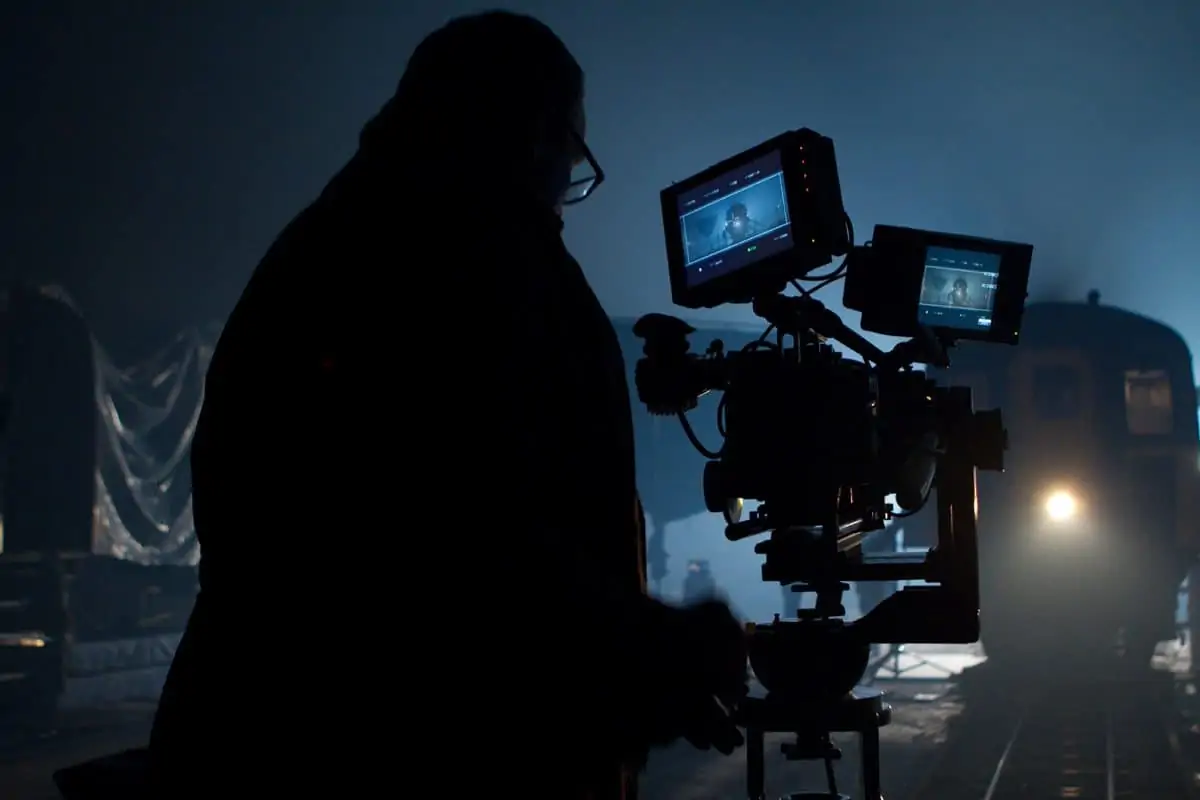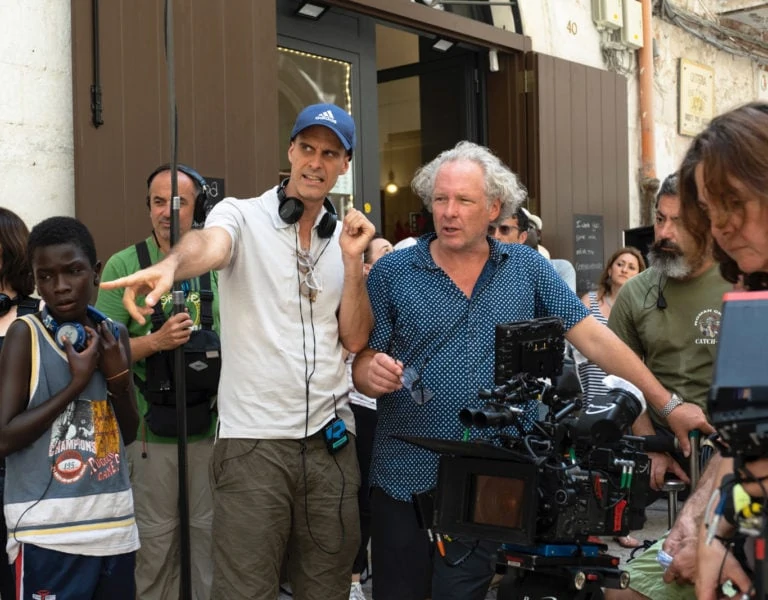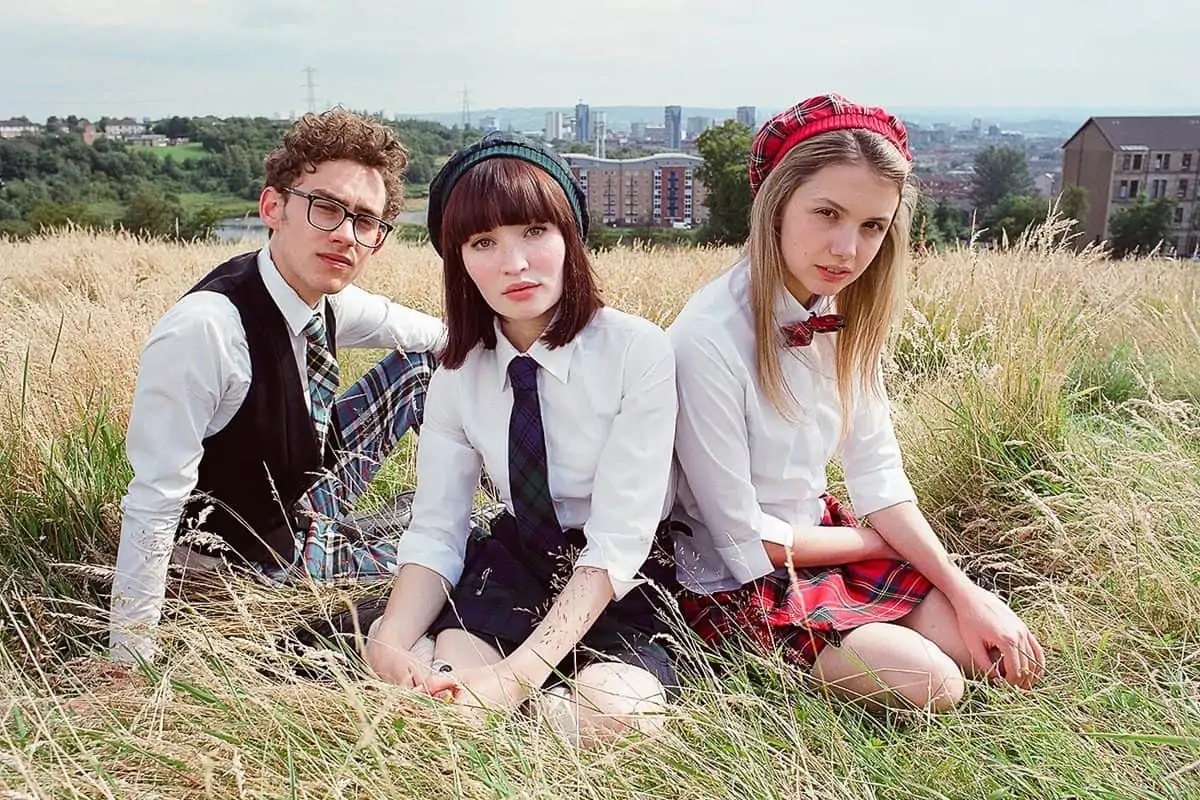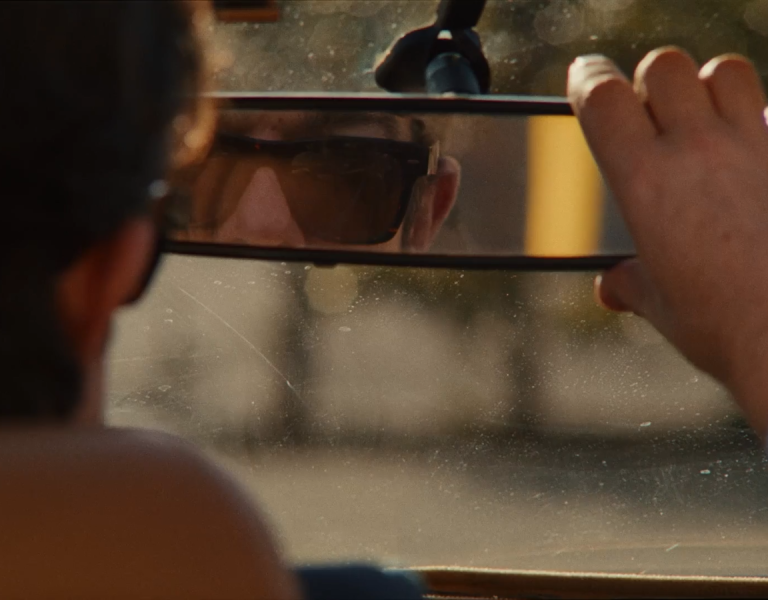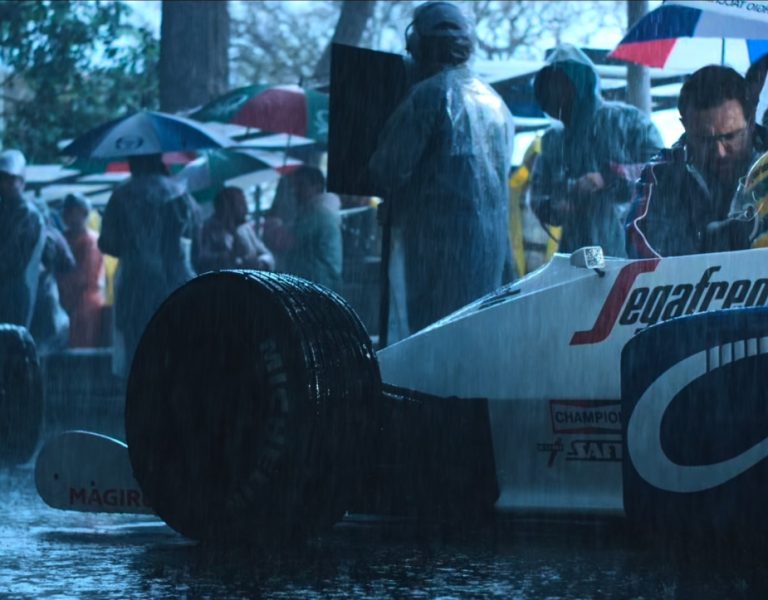A TIMELESS TALE
Inspired by real events and adapted from Jo Bloom’s 2014 novel by Sarah Solemani, four-part BBC drama Ridley Road transports audiences back to London’s East End in the 1960s. It explores the opposition to British neo-Nazis such as Colin Jackson – leader of the National Socialist Movement – and the battles that took place in that era. The series follows fictional character Vivien Epstein (Agnes O’Casey), a young Jewish girl who is drawn into a world of deceit and who goes undercover to fight against the far right.
Developing Ridley Road’s tone, mood, and style was an exciting and rewarding experience for cinematographer Angus Hudson BSC. “It’s a powerful and important story and calls for an aesthetic that taps into the collective consciousness of the period to reinforce and embed our story in the London of 1962,” he says.
“It’s a very topical and personal script that’s also relevant to our current climate. Even though I was born a couple of years after when the series is set it still feels very familiar – like a touchable period – as there are so many photographs and films of that era. As I read the script, I could just picture it.”
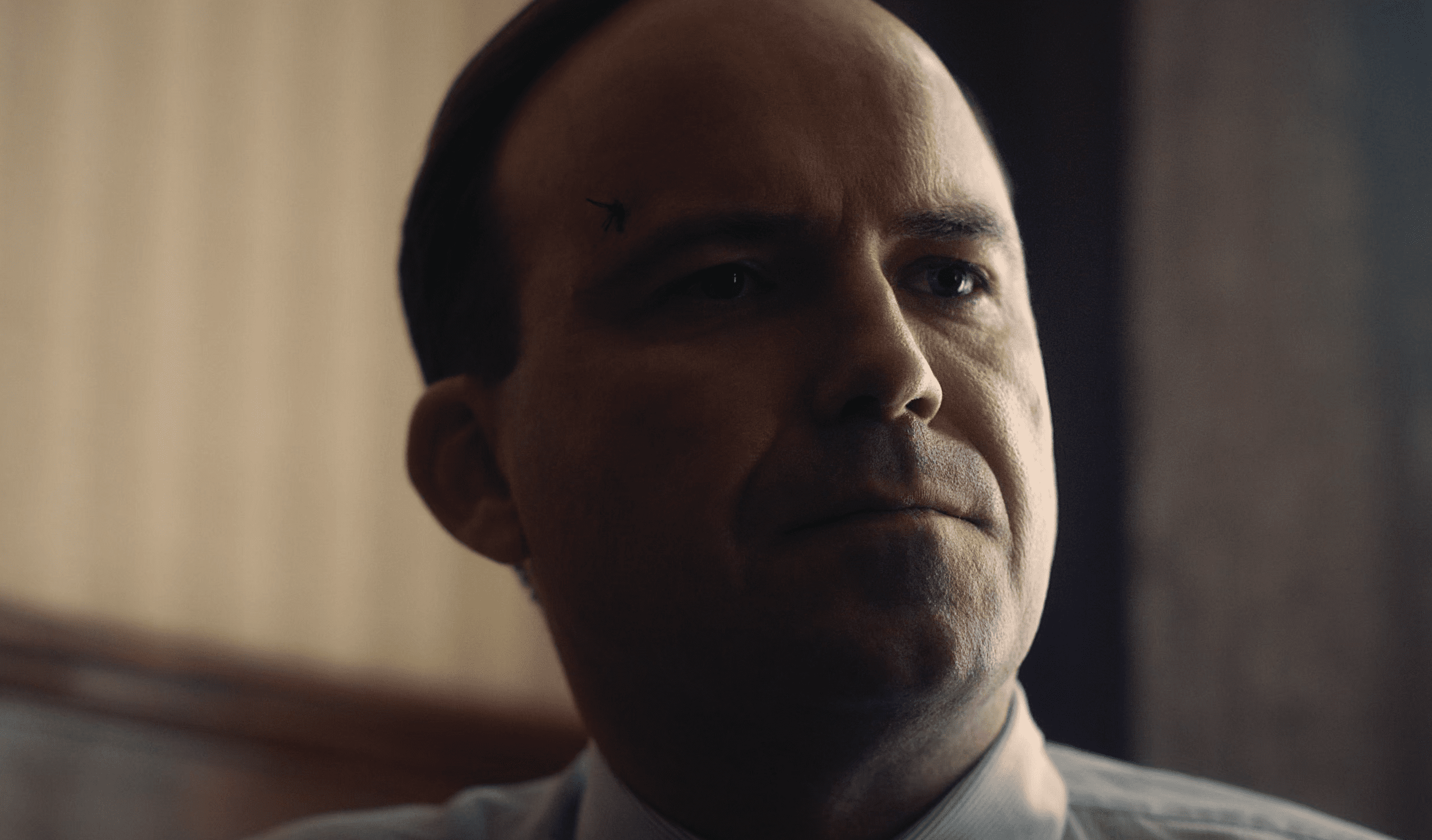
Director Lisa Mulcahy and Hudson endeavoured to create a sophisticated and elegant look and feel reminiscent of Kodachrome photos of the period, “whilst including a contemporary strand with modern sensibilities that complement and honour the imagery of the time”.
Mulcahy’s first instinct was to shoot the series on film, but as pre-production progressed it became clear that it would not be practical on this occasion. “The BBC was on board with the idea too, in part because Small Axe had just shot on film. It’s a shame, but ultimately, we made the best choice for the production due to the amount we needed to achieve in the time.”
Hudson envisaged a stylised cinematic image with a fine velvety texture, smooth, soft, warm tones, and subtle contrast that rolled gently into creamy controlled highlights and satiny blacks. Despite not shooting on film, he still wanted to draw inspiration from the visual aesthetic of early colour film and Kodachrome. “The quietly strong Kodachrome reds we wanted to incorporate would bring a rich contrasty warmth and depth to the image to rise through the darker shades, with skin tones being warm and peachy,” he says. “Blues and greens would take on a more powdery feel that offset the warmer colours and introduce colour separation and depth. And the HLG/HDR delivery would bring an added lustre and glow to the final image.”
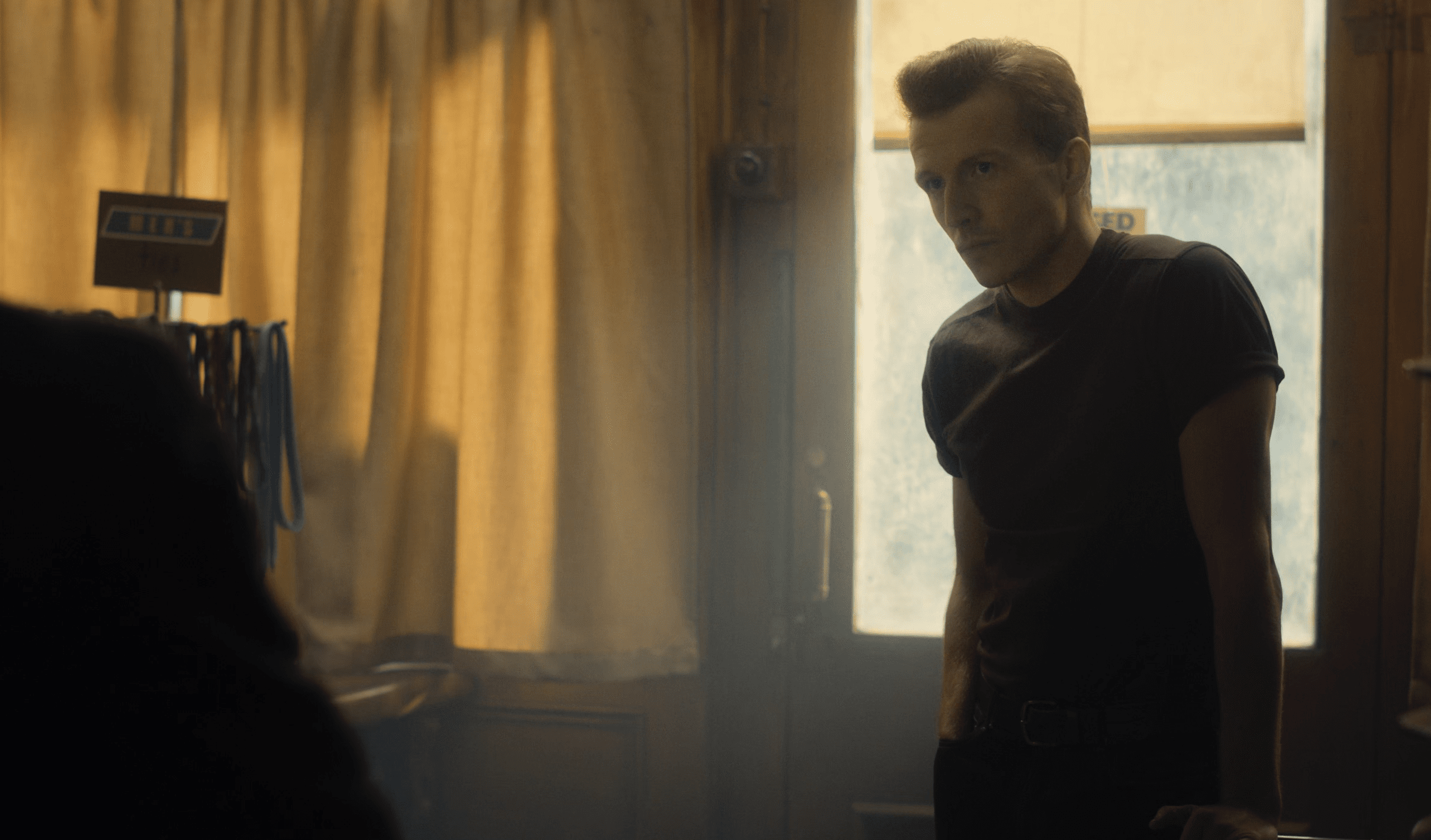
When investigating shooting on film, talk had turned to being economical with coverage, an approach that was carried through when the decision was made to shoot digitally. As well as adopting a cinematic approach, Hudson was keen to shoot with a single camera, which he achieved for most of the series. “A lot of television these days tends to be shot with two cameras, but the single-camera approach allows freedom,” he says. “You’re not restricted by having to keep the other camera out of shot, meaning you can be much closer to the actors and design shots in a freer way.”
Although Hudson is a strong believer in “developing the look alongside the director”, he also enjoyed the freedom Mulcahy gave him to create a look that was a “contemporary take on the ‘60s Kodachrome vibe”. Films that offered inspiration during the process included Jackie (2016), Revolutionary Road (2008), and Bridge of Spies (2015). As many early conversations revolved around colour palettes, the input from colourist Gary Shaw from Outer Limits in Dublin was instrumental in developing the look. “I fell on my feet finding Gary – he’s such an amazing artist,” says Hudson. “We spent a lot of time discussing the project before shooting tests and building LUTs that were in line with the desired tone.”
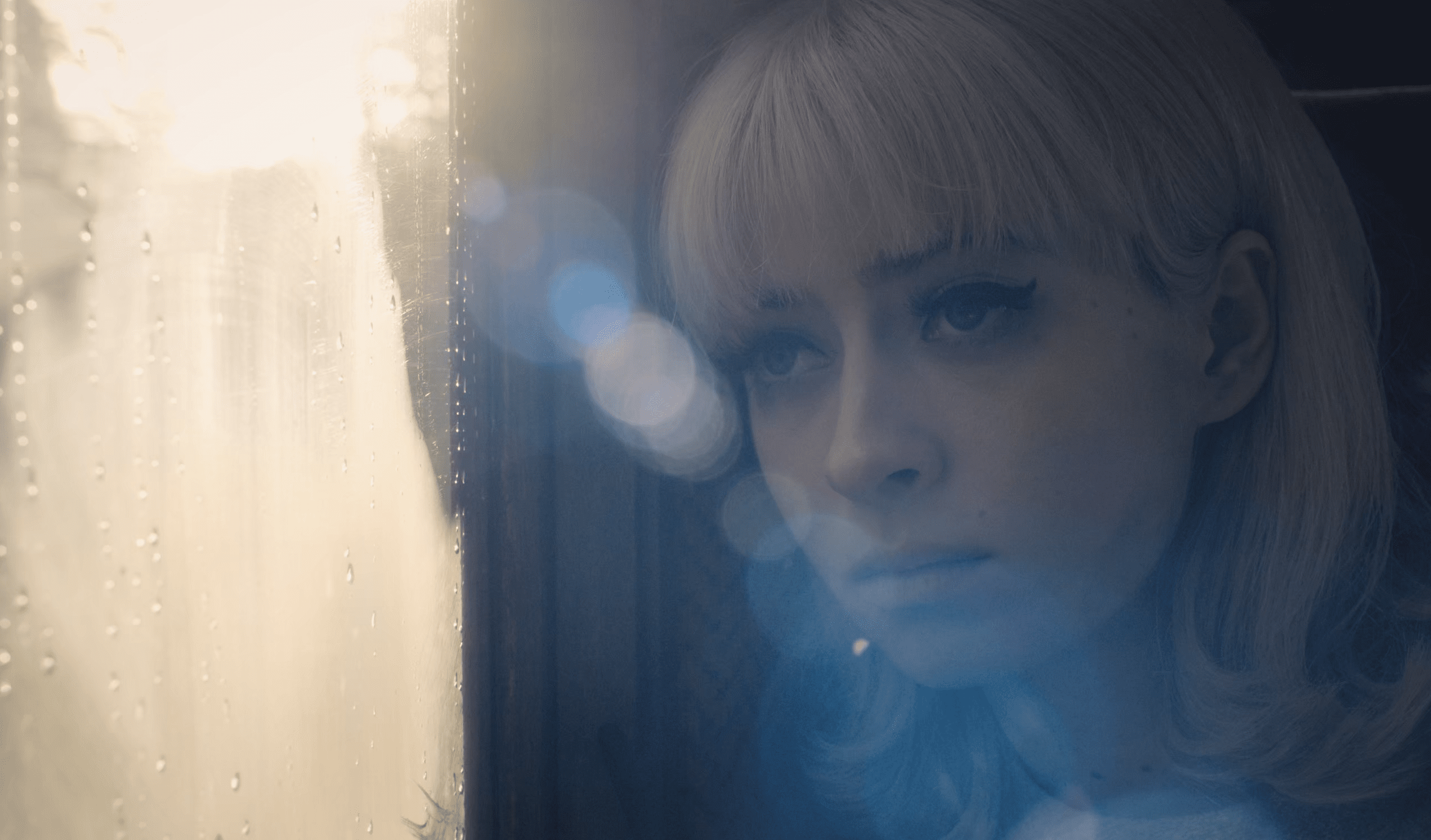
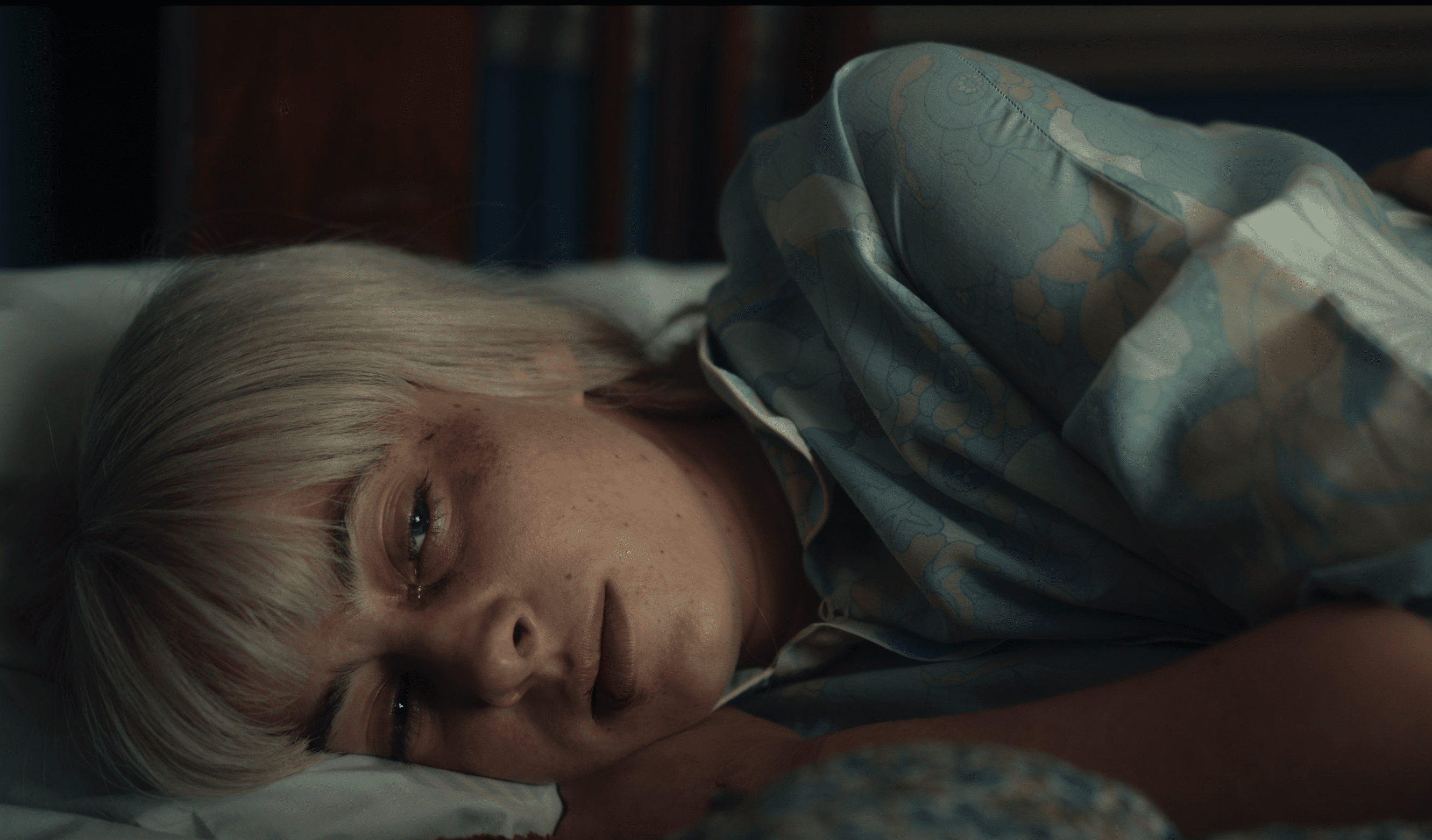
Achieving authenticity
When Hudson joined the production in February 2020, Mulcahy, production designer Ben Smith, and producer Betsan Morris Evans had already done early recces and selected many locations. The series was predominantly shot in Manchester – where Ridley Road production company Red Productions is based – which doubled up as London. “Trying to shoot a period film in Manchester can be challenging because wherever you point a camera some sort of structure is being built, so we also shot in peripheral towns around Manchester where there was less development going on,” says Hudson.
A pivotal scene in Ridley Road depicts the confrontation between the anti-fascist 62 Group and the National Socialist Movement which took place in Trafalgar Square in 1962. These demonstration sequences were some of a small number of scenes filmed in Liverpool rather than Manchester. Visual effects wizardry from Sue Land at Realtime was required – especially for the wider shots – to remove tell-tale signs that the series was shot in the north of England in 2020 and to disguise modern elements such as upper floor UPVC windows.
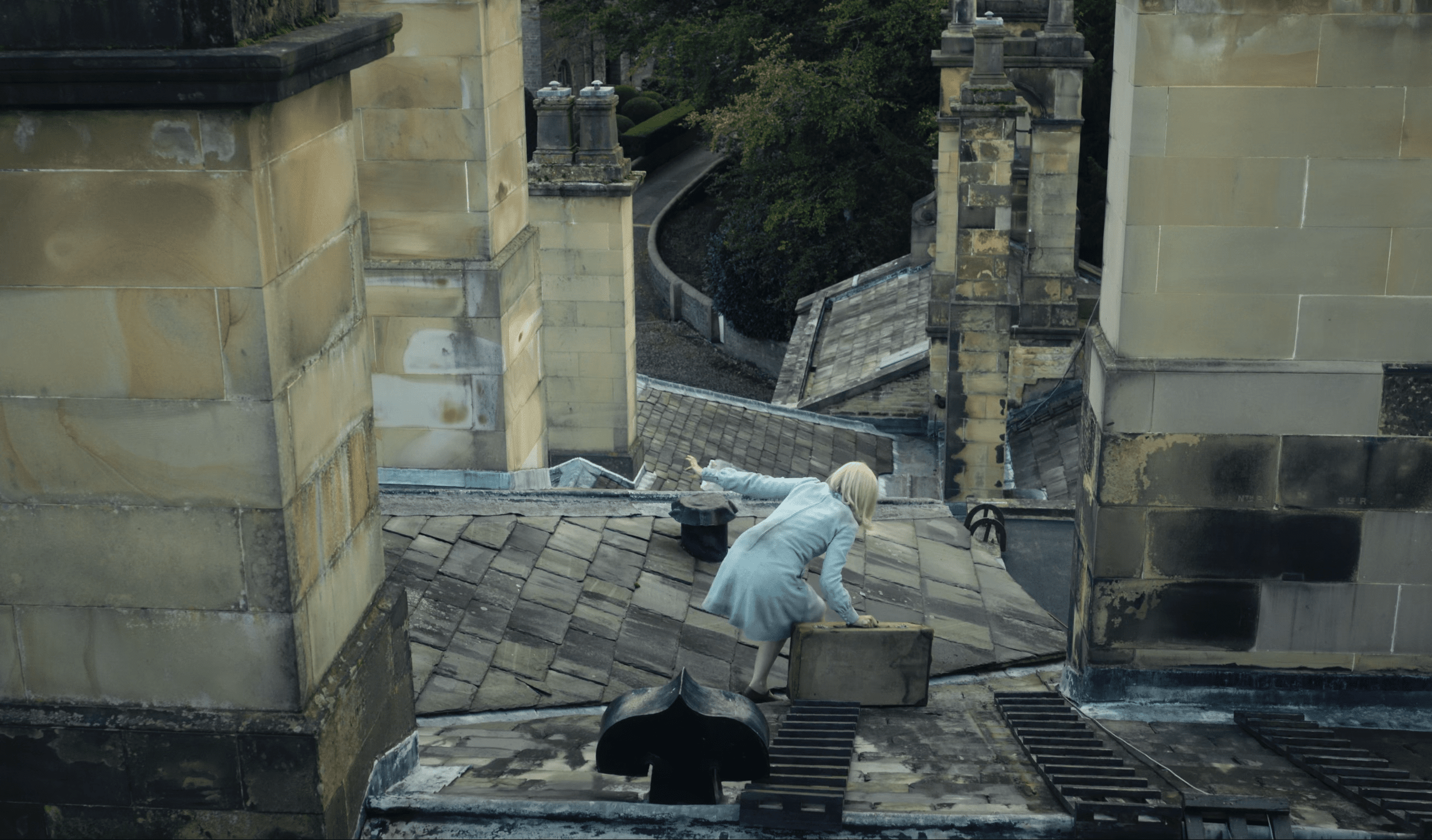
“We shot that with three cameras, mostly handheld plus our 16mm camera,” says Hudson. “Some of our angles were quite limited because the location for the demonstration scene was in Liverpool rather than Trafalgar Square, so we supplemented some footage with archive footage to really embed that location as Trafalgar Square. Production designer Ben Smith also did an amazing job in making the settings look authentic. His attention to detail is second to none.”
Three weeks after Hudson joined the production and two weeks away from shooting, the national lockdown shut down the production until June. In July 2020, the crew restarted prep before shooting in September. “But it was almost like starting the process again,” says Hudson. “Many of the sets had been built in Manchester – and some had been pre-lit – which had then sat there unused.” The pandemic also affected the number of extras available for the crowd scene in Trafalgar Square, reducing it from 200 to 70.
Hudson’s last two projects were captured using the Sony Venice. His wish to shoot large format at 6K, the BBC’s openness for the series to be shot in a 2.35:1 aspect ratio combined with Hudson’s confidence in the Venice’s capabilities made the camera a sensible choice. “There can be a little resistance around 2.35:1 but the BBC went for it, and I think it brought an awful lot to the show.”
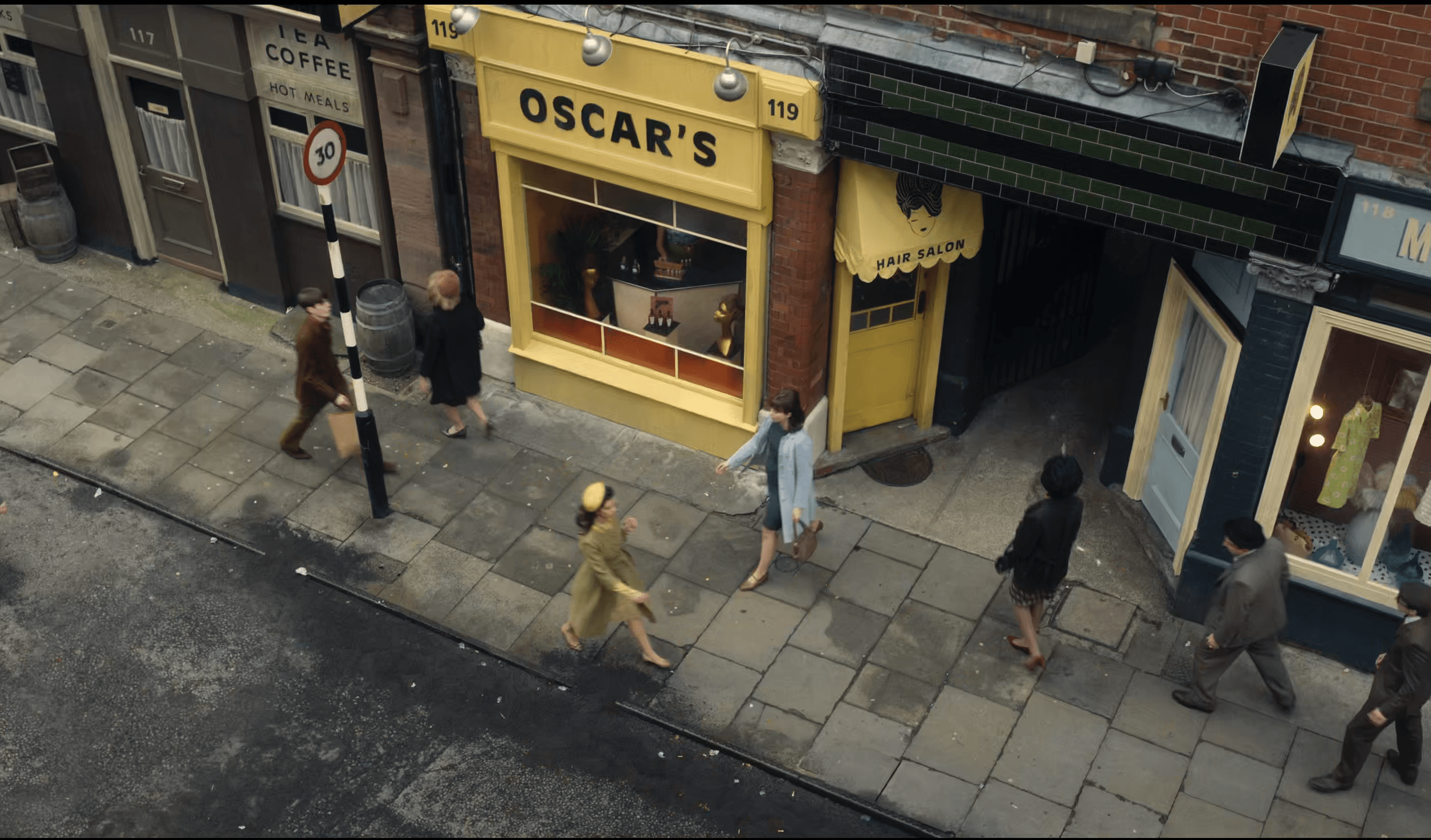
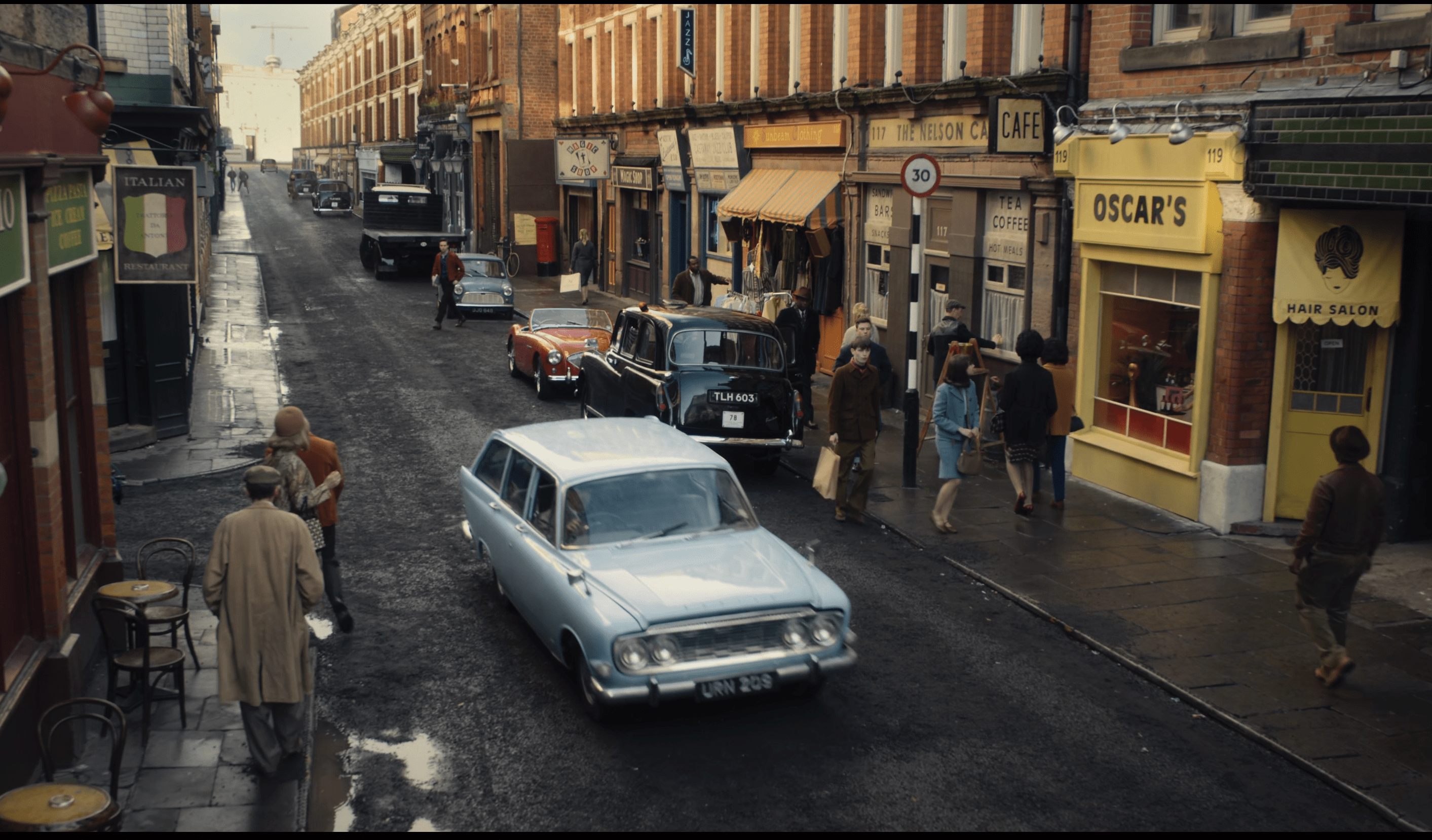
Shooting large format with the Sony Venice combined with Zeiss’s new Supreme Radiance lenses and Tiffen Glimmer Glass diffusion and at times Smoque filters “to take the digital edge off” and help create the “softer feel of the period film stocks of that time”.
“The Zeiss Supreme Radiance lenses have a quality I really like. Although I was tempted to go vintage and flarey, the lenses available had a little too much character,” he says. “I wanted to rein it back a bit because I knew the lighting situations could be demanding on the lenses in terms of the way things would flare. I wanted greater contrast and a more classical look.”
During the pandemic, the crew felt it was important to work with a local rental house who could provide support and opted for Manchester-based No Drama to supply the camera package. “They were amazing and really pulled out the stops to make everything possible,” says Hudson.
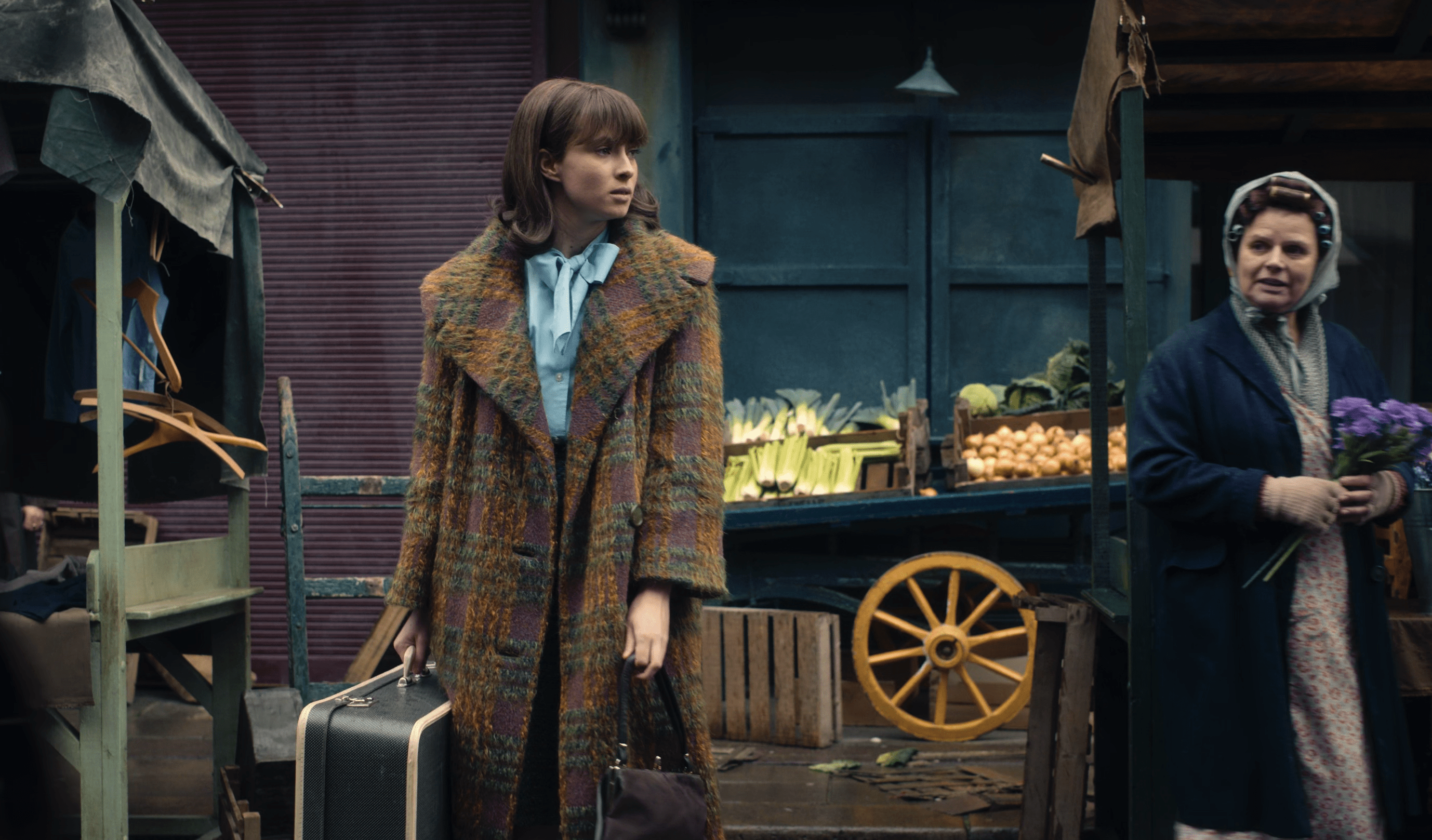
Mixing formats
Early in prep, Mulcahy and Hudson discussed incorporating archive footage from the early ‘60s to help paint a more realistic picture of the period. They gathered archive colour footage and scene setting shots of East London and shot the big, dressed sets with a 16mm Bolex camera, intercutting the vignettes with archive footage, blending the two elements together.
The technique was also adopted for the Trafalgar Square sequences, integrating footage of the original National Socialist Movement demonstrations. “The Bolex was wonderful but wasn’t always the easiest to work with for all scenes, so we upgraded to the Super 16 Aaton LTR camera for the Trafalgar Square sequences and again cut film with digital and archive,” Hudson adds. “We really mixed it up and wanted that jumping of formats. There are a couple of shots where we show someone shooting with the handheld 16mm camera in the Sony Venice footage.”
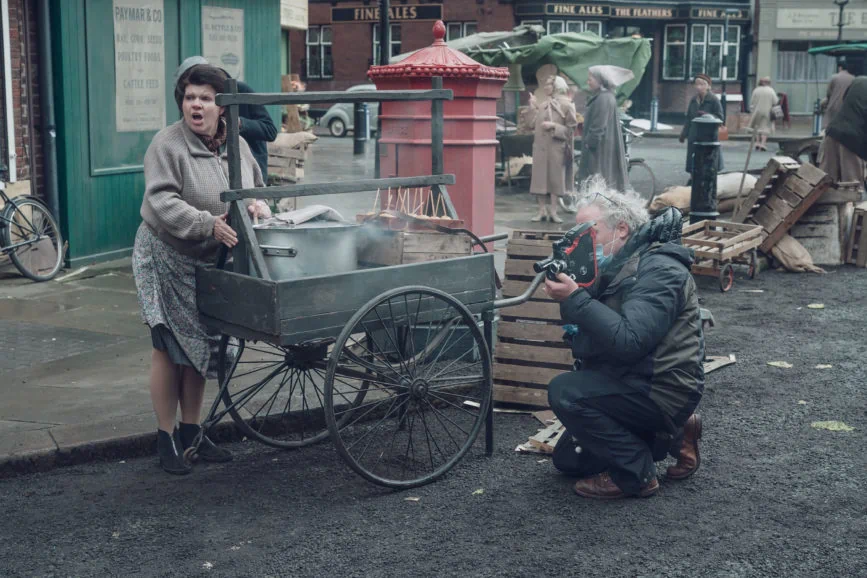
Considered camera movement and composed master shots were key, with the options of Steadicam, handheld and more linear dolly moves to allow for the camera to be fluid and reactive and help tell the story, primarily from Vivien’s perspective. This approach – which required careful and precise blocking – informed the master wides in particular.
“Lisa and I always wanted a fluid camera. Due to the pandemic protocols, the number of crew on set was reduced which was also in line with my request to change the show from a two- to a one-camera show,” says Hudson. “This allowed us to have a lot of developing shots to show as much as possible – bringing a character in and then showing off the set to get the character to where they needed to be. So, there was a fair amount of movement there.
“This wouldn’t have been possible without A camera and Steadicam operator Rob Hart ACO – an amazing collaborator who brought a lot to the show – and 1st AC Alice Canty, who was incredibly patient, especially with some of our rather convoluted master shots.”

Lighting was driven by the storyline and followed a contemporary enhanced naturalistic theme “without getting excessively dark or moody” to support and enhance the overall look. Hudson felt privileged to work with gaffer John Best and his team who devised solutions to allow him to show 360-degrees of a set, predominantly achieved by lighting through windows.
“John has been in the industry a long time and his knowledge was invaluable. He always found the right tools for the job,” says Hudson. “For our studio work, we predominantly chose tungsten fixtures such as 9 lite Maxi Brutes with an assortment of traditional tungsten fresnel lamps supplemented by carefully selected practicals and using small LED fixtures for fill. This approach sat well with me in terms of the period. I was keen for interiors to feel slightly lit and crafted and not excessively naturalistic, like enhanced naturalism. And for our exteriors, we tended to use natural light and then shape it a little more in the grade.”
One of the most rewarding lighting set-ups was a training sequence in a gymnasium which was filmed in an abandoned building. “It was one of the rare occasions I was allowed to use smoke, and we had five 18Ks on scissor lifts coming through high windows,” says Hudson. “It was just such a joy to light the darkness within the set. The smoke, the beams of light, the contrast levels – it was rather magical.”
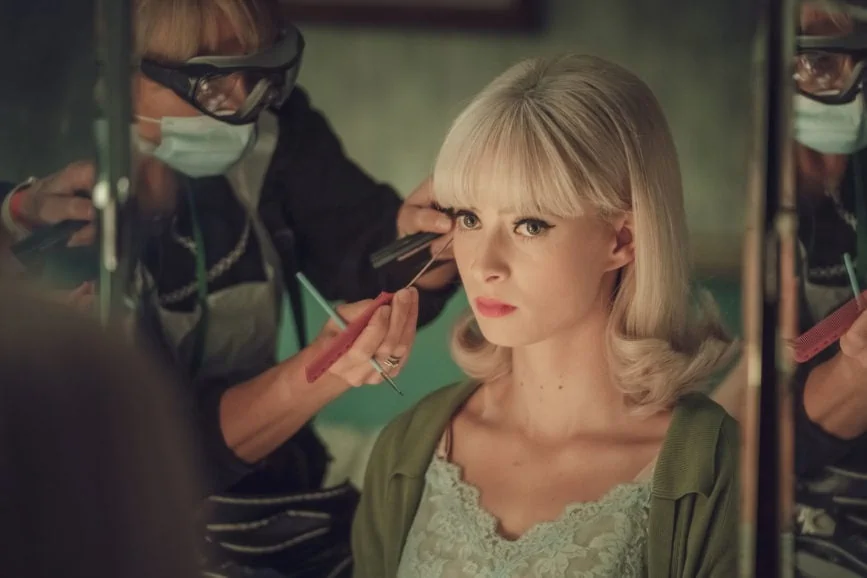
Due to the interruptions caused by the pandemic, it was decided that post-production should move to Ireland, where director Mulcahy is based. Colourist Shaw designed a system to allow Hudson to also work remotely during the collaborative process. “I was familiar with this method, having graded the feature The Life Ahead this way the previous summer,” says Hudson. “Technology has improved so much over the last year, partly as a matter of need to allow this kind of remote working.”
“Throughout the shoot, Gary had kept a close eye on the rushes. Between him and the fantastic Manchester-based DIT Kerr Loy, incredible rushes were produced which filled everyone with confidence. We did on-set grading and got our rushes looking exactly the way we wanted – the final look of the show is a more polished version of our rushes.”
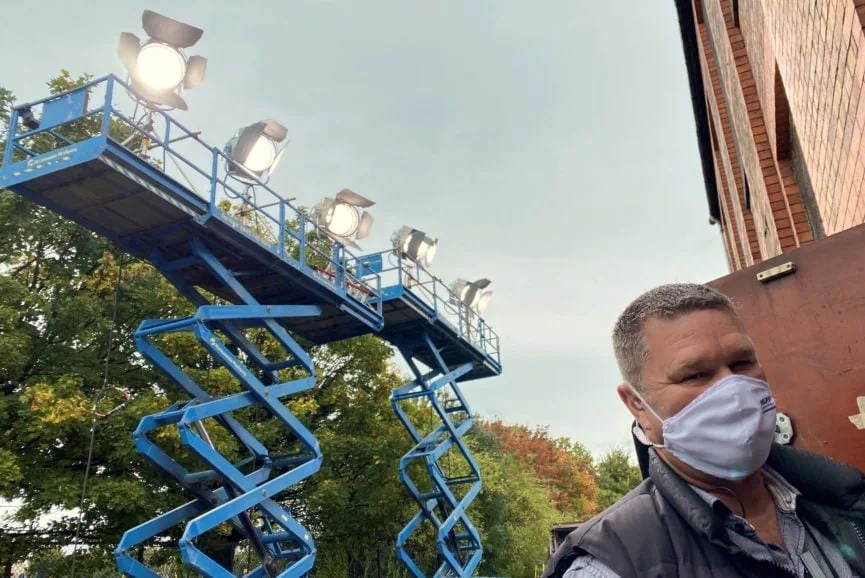
That look created in early prep went all the way through the process to the grade. Hudson believes the lockdown aided the grading process in some ways as it “opened things up, meaning the team had more time to hone the images”.
The value of production experience was also apparent during the creation of Ridley Road, especially as the 65-day shoot took place during the disruptive and uncertain pandemic period. “Lisa spent 20 years as an assistant director and having somebody who’s so on it really helps. It’s a real confirmation of Lisa’s skills as a director and a former assistant director,” says Hudson. “We had to come up with creative solutions to very real problems and the experience levels of all of the heads of department allowed the team to produce a series that is really special.”
All episodes of Ridley Road are available to view in HDR/UHD on iPlayer.
